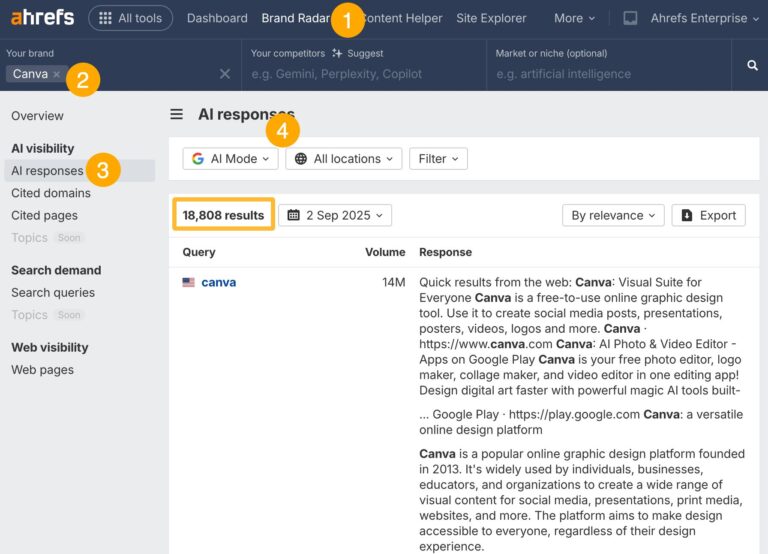As the private cloud landscape changes, VMware Cloud Service Providers (VCSPs) are seeking ways to streamline operations, scale efficiently, and offer unique services to their tenants. With the launch of VMware Cloud Foundation (VCF) 9.0, it’s an ideal moment for VCSPs to consider the advantages VMware vSAN brings to their business.
VCF 9.0 introduces enhanced capabilities powered by vSAN, aiding VCSPs in modernizing infrastructure, simplifying operations, and meeting the evolving demands of modern applications. The VCF license includes 1 TiB of vSAN per core, a strategic benefit for VCSPs to lower private cloud deployment costs.
This blog explores the new features in vSAN with VCF 9.0 and how VCSPs can utilize these to create more resilient, scalable, and service-rich storage as a service and private cloud offerings for their customers.
Bringing Existing vSAN Environments into VCF
VCF 9.0 extends support beyond new deployments. VCSPs using vSphere environments with vSAN HCI, vSAN Stretched Clusters, or vSAN 2-Node configurations can now integrate these into VCF. This allows existing private cloud environments to benefit from VCF’s centralized lifecycle, security, and operational management without starting anew.
This is advantageous for partners aiming to unify private cloud operations under a single platform while maintaining their infrastructure investments.
vSAN Stretched Clusters Just Got Better
Stretched clusters are essential for VCSPs serving tenants with zero data loss (RPO=0) requirements. Maintenance windows are crucial, and while customers understand their importance, they expect uninterrupted systems. VCF 9.0 simplifies maintenance by allowing entire sites to enter maintenance mode simultaneously, speeding up operations and reducing admin workload.
Additionally, vSAN stretched storage clusters can now pair with stretched compute clusters, enhancing high availability across infrastructure layers, ensuring improved uptime and data resiliency for customer workloads.
vSAN Operations at Scale
Managing diverse cloud footprints is challenging for VCSPs, especially with mixed dedicated and multi-tenant private clouds. VCF 9.0 allows multiple cloud instances to federate into VCF Operations, providing a unified view to monitor, manage, and lifecycle vSAN clusters across environments.
VCF Operations now includes the vSAN Performance Diagnostics tool, which can:
- Optimize IOPS, latency, and throughput through benchmarks
- Analyze historical performance data
- Identify bottlenecks and offer recommendations
- Generate performance graphs for advanced troubleshooting
This provides VCSPs with insights into storage performance trends, ensuring service levels are met.
Scaling for Modern Applications: File Services for Kubernetes
With increasing Kubernetes adoption, storage demands grow. vSAN now supports more than block storage. VCF 9.0’s vSAN File Services increases the file shares per cluster from 250 to 500, meeting the needs for SMB and NFS file shares in containerized environments.
This enhancement offers VCSPs flexibility to support Kubernetes-based workloads with high-density multi-tenant file services.
Multi-Tenant Storage as a Service, Refined
Multi-tenancy is crucial for many VCSPs. VCF 9.0 introduces VCF Automation innovations, bringing VMware Cloud Director (VCD) capabilities into VCF-native environments. VCSPs can now offer:
- Per-tenant Volume Services on a shared vSAN cluster
- Support for Persistent Volumes for Kubernetes workloads (ReadWriteOnce and ReadWriteMany)
- Granular storage policy control based on tenant subscription level
- Quota enforcement per tenant, with flexibility to span multiple or dedicated clusters
- Self-service storage consumption for tenant admins with provider-defined guardrails
This enables a scalable, secure, and customized “Storage as a Service” model per tenant.
Advancing Disaster Recovery with vSAN
Many partners offer robust Managed Disaster Recovery capabilities, enhancing customer resilience strategies. A solid private cloud solution requires strong DR capabilities.
VC





